Date: 29 April 2013
When renovating, healthcare executives and designers should give serious thought to removing the risk of wired glass because it breaks easily on impact and is likely to injure anyone who runs into or through it.For over 100 years, traditional wired glass was the only fire-rated glass product available.It was mistakenly perceived as “safety glazing”. Wire actually weakens the glass making it about half as strong as ordinary window glass.
Modern building codes now require that glazing larger than 1296 sq inches in hazardous locations meet the CPSC Cat.II Standard (which means that the glazing survives impact of 400 foot pounds.) The codes also require that when an existing panel of unsafe wired glass breaks, it must be replaced with a glazing product that meets the current safety glazing codes. There are economical, non-wired, Cat. II safety rated, fire rated glazing products that can be used to replace large, unsafe wired glass, including: SuperLite I , SuperLite II-XL and SuperLite I-XL .
Read more here.




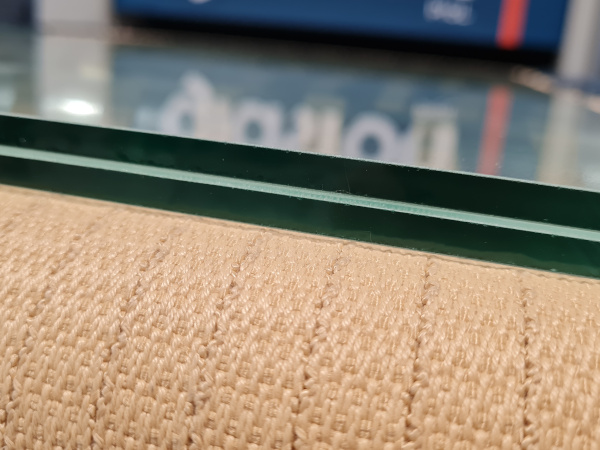
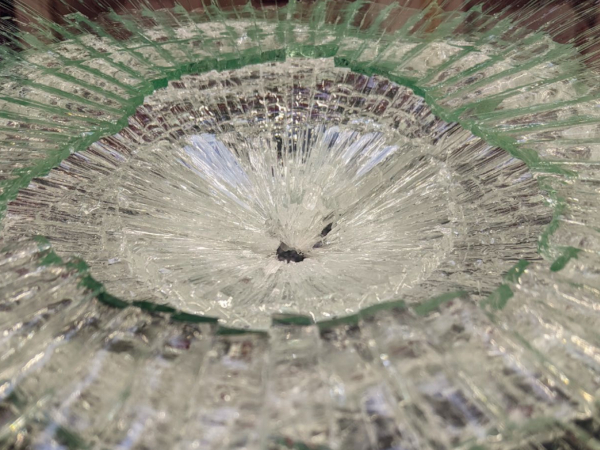






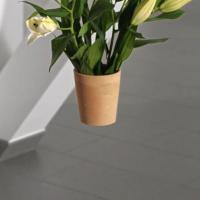

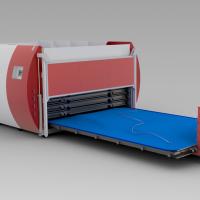

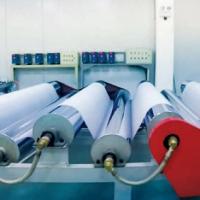
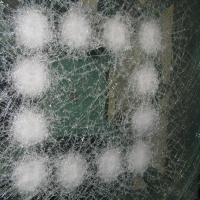
Add new comment